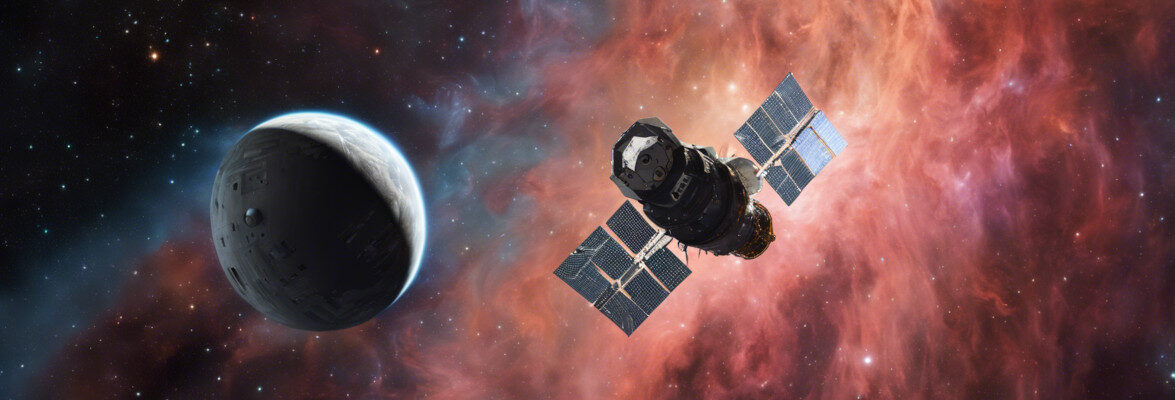
An article published in “The Astrophysical Journal” reports the discovery of a rare intermediate-mass black hole in the Andromeda galaxy at the center of what could be a stripped nucleus, what remains of a galaxy swallowed by Andromeda. A team of researchers observed the star cluster cataloged as B023-G078 at the Gemini Observatory and with the Hubble Space Telescope to calculate the mass distribution within it, a crucial step to understand its nature as a stripped nucleus and identify the intermediate-mass black hole. This could be a way to discover this rare type of black hole, which some models claim merges with others to form supermassive black holes following galaxy mergers.
B023-G078 was considered a globular cluster within the Andromeda galaxy. However, some researchers believed that its nature could be different but evidence was needed, which could only come from adequate observations. Massive black holes have been discovered in stripped nuclei, the remnants of a galaxy after it’s swallowed by a much larger galaxy that strips its outer stars.
The discovery of a supermassive black hole inside a stripped nucleus in 2014 sparked interest in this type of study, and the team that conducted this research had the chance to use the Gemini Observatory to examine B023-G078. Subsequent observations conducted with the Hubble Space Telescope made it possible to collect the data necessary to calculate the mass distribution within what was considered a globular cluster. The image (Iván Éder, www.astroeder.com; HST ACS/HRC) shows the Andromeda galaxy (M31) with the cluster B023-G078 in the inset on the right.
The result of the examination is that the characteristics of B023-G078 concerning its brightness profile and its stars’ chemical composition were found to be different from those of a globular cluster. Its stars formed at different times and not all together as in globular clusters and the light in the center is distributed in a spherical shape flattening outwards instead of having the same shape in all its regions.
Knowing the distribution of mass inside B023-G078 made it possible to predict the movements of the stars inside it. Their speeds require the presence of a black hole with a mass that is about 100.000 times the Sun’s, the mass of an intermediate-mass black hole. It’s a type of black hole that seems very rare because very few objects of this type have been identified and their nature is still being investigated.
Renuka Pechetti of Liverpool John Moores University, lead author of this study, pointed out that the presence of that black hole is another confirmation that that cluster is a stripped nucleus of a galaxy that was swallowed by Andromeda. That’s because it’s very difficult for black holes to form in globular clusters but if they are found in a stripped nucleus it means that it was already there.
Anil Seth of the University of Utah, another of the authors of this study, explained that we know that large galaxies are typically formed by smaller galaxy’s mergers but these stripped nuclei allow to decipher the details of those past interactions. Seth had a hunch about the nature of the cluster B023-G078 but it took several years to obtain the right observations to find evidence that it was indeed a stripped nucleus.
The researchers hope to observe other stripped nuclei that could host intermediate-mass black holes. The discovery of other cases like the cluster B023-G078 could help to better understand the evolution of galaxies through mergers and especially the evolution of the supermassive black holes at their center. There are some theories about their formation and one of the possibilities is that they form from intermediate-mass black holes following galaxy mergers.

